Learn How Many Trees it Takes to Build a House?
There are many good reasons to take care of your home and saving trees is one of them. You would be surprised at how many trees it takes to build a house. Good maintenance helps protect the environmental investment that is made in your home. Sustainability folks refer to this as the embedded environmental footprint of the home. This footprint signifies that in addition to the monetary cost of your home, constructing it extracted a toll on the environment and removed value from our future natural resource bank account. Learn how much timber and future homes were lost in last years fires.
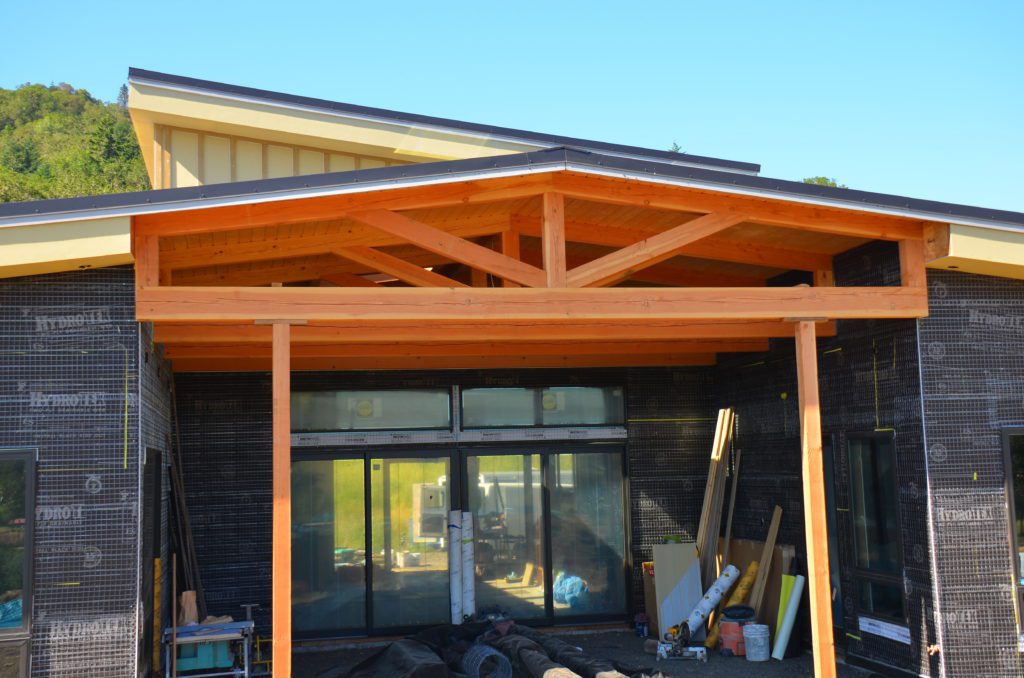
Land had to be cleared, prepared and dedicated to a house rather than the natural environment. Materials had to be mined and manufactured into useable components all of which took labor and energy to produce. The making of concrete, glass, petroleum, metals, plastics, fiberglass, paint, asphalt, appliances and wood products all extract costs on the environment and many of these are non-renewable. Let’s take a deeper look at just one example of the environmental costs to build an average home. The number of trees that went into its construction.
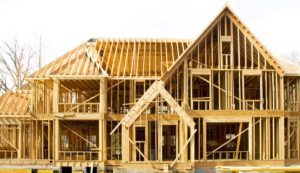
RELATED POST
How Many Parts Needed For A House
There are many, many parts needed for a house and a lot of time, money and energy is expended. The carbon footprint for building a home from scratch is large.
Read More…
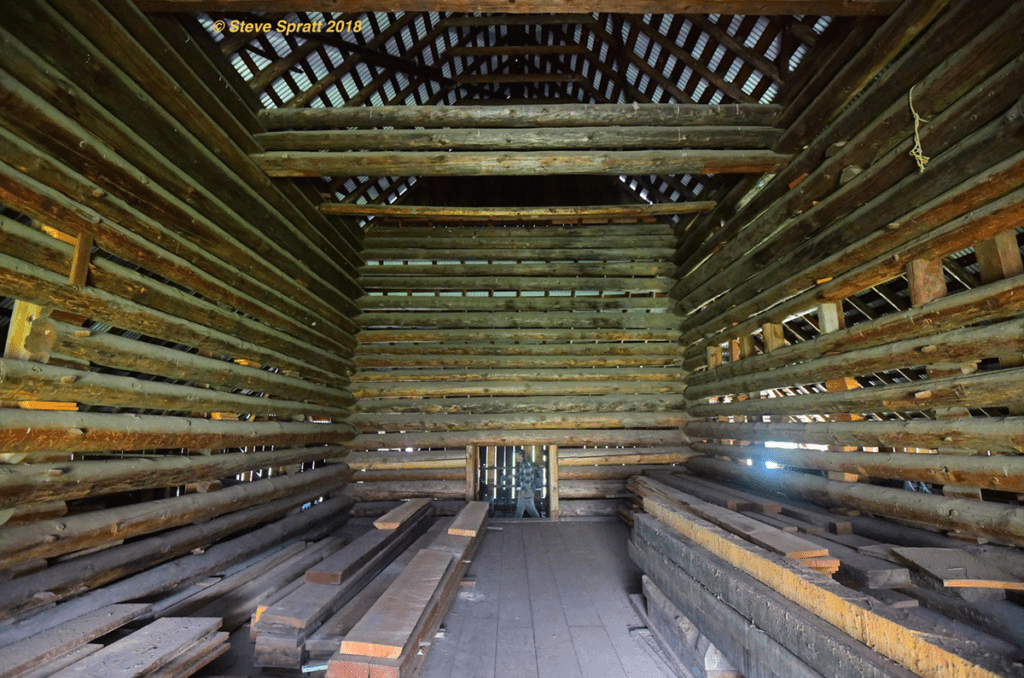
You can save trees by taking care of your home.
Today lumber comes in pre-cut, ready to use pieces of wood that no longer resemble the trees from which they came. But that wasn’t always the case. Houses were originally built by hearty folks who had to actually harvest the trees themselves. Many log homes were built with minimal sawn lumber because cutting trees down, then sawing them up was hard and expensive. Knowing how many and of what size to cut was important. It is way too easy today to forget that lots of trees are needed to build our modern homes.
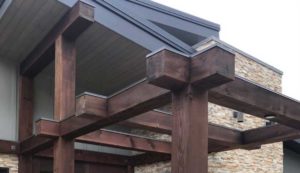
RELATED POST
Preserving and Protecting Exposed Wood Beams
To extend their useful lives and preserve that premium value, big beams exposed to the weather need special help.
Read More…
Board footage
Learning about board footage is a simple forestry exercise. We can use it to determine the number of trees needed for the lumber to build our home.
The amount of wood in a tree is referred to as board footage. A board foot is 1”x12”x12”. Since there are 12 board feet in every cubic foot, you just need to determine the volume of a tree to understand its useful wood yield. Since most lumber comes from cylindrical shaped, coniferous trees, you can do this by measuring the height of the tree and multiplying by its average cross-sectional area.
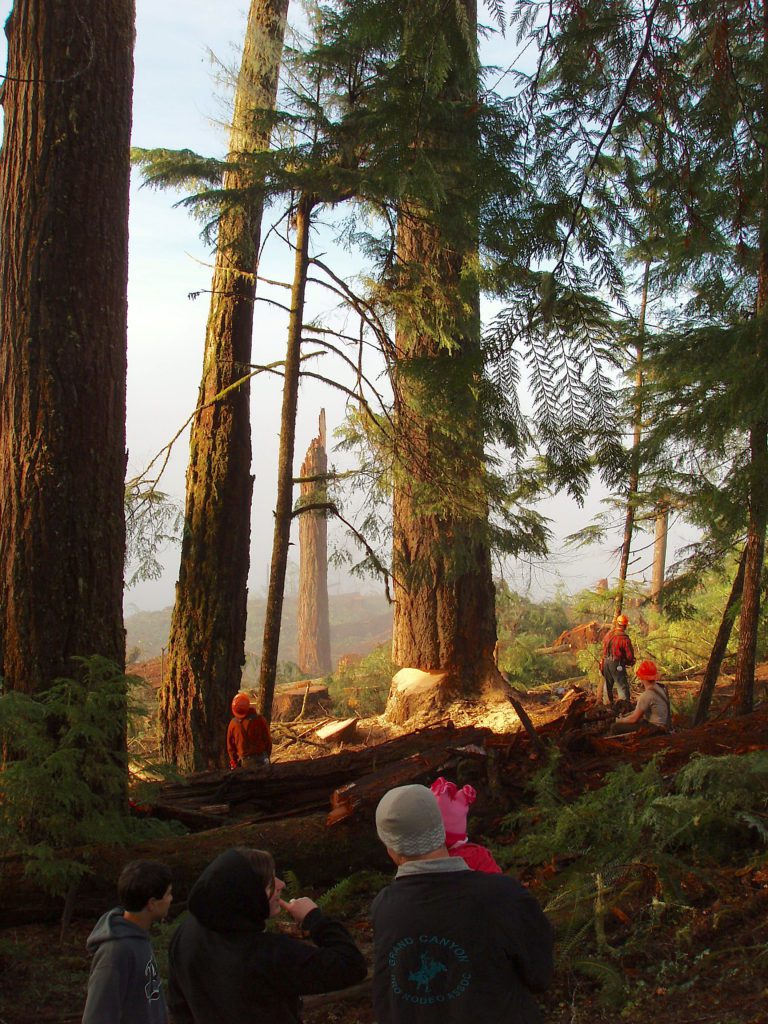
The height of a tree can be calculated very accurately from the ground by using a tape measure and basic trigonometry (yes, you finally get to use some high school math,) or more roughly by measuring shadows. Learning how to do this is a fun exercise and videos and descriptions can be readily found online. For our purposes we will simply use the average height of currently harvested trees which is eighty feet.
Next we need to determine the diameter of the tree. Foresters use a standard place to measure diameter at chest height, or about 4.5 feet above the ground. This following may sound complex but it is not.
Calculations
Using a tape measure and the formula Diameter=Circumference/3.14 you can calculate the area of the diameter of the tree. You’ll need to divide the diameter by 2 to get the radius for the rest of the calculations, and you’ll want to divide this radius by 12 to put it in feet rather than inches! From this area we can figure out cubic feet using Cubic Feet=(Area x Height)/4, where 4 is used to account for the taper of the tree from the base to the top. With this volume known, all you have to do is multiply it by 12 to get board feet!
Now that we know how to figure out the amount of wood per tree, we just need to know how much wood we will need to understand how many trees we will need to cut down.
Mature Trees Needed Per Home
The precise amount of lumber required to build a wood-framed house varies slightly across the nation, but a good average would be 6.3 board feet for the structural framing materials in every square foot of house. According to the Census Bureau, the average American home built in 2013 was 2,600 square feet, meaning it would have required 16,380 board feet of lumber to build!
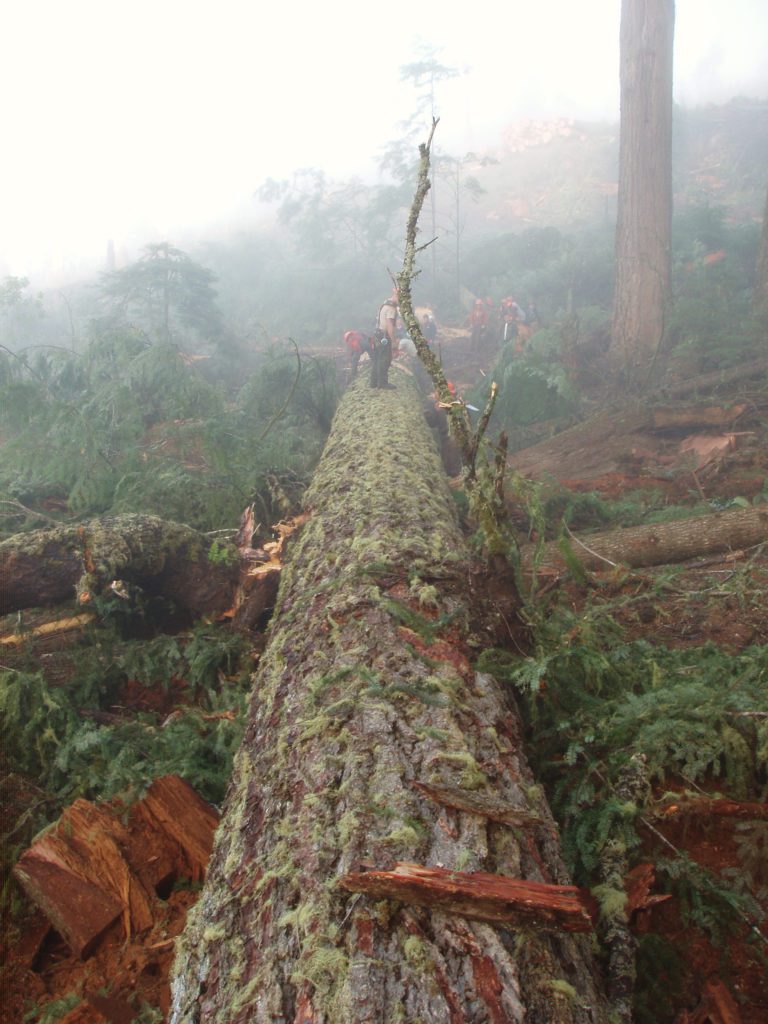
So how many trees does it take to build a house? For the sake of discussion, consider an average mature fir or pine tree with a height of 80’ and a diameter of 2’. Using the calculation detailed above, you will find that its lumber yield is about 754 board feet. And if you require 16,380 board feet to frame the average home, almost 22 mature firs will be needed.
Another 22-24 trees will be needed for the rest of the house and its finishes. Hardwood floors, cabinets, siding, roofing, paneling etc. could more than double the number of trees needed to complete the home. In total, building a home today will consume forty-four mature trees for every 2600 square feet. Be sure to include the garage when adding up your square footage.
Trees take time to grow
The problem with trees is it takes a long time to make one. To put the environmental value into perspective, each 80’ tall fir tree takes about 6 decades to grow to that size. Forty-four of these beautiful trees represents 2,640 tree/years of growth. All this for just a single average American home. To be available today, these trees must have begun growing just after World War II.
The sacrifice of trees is a big environmental investment in your home. Especially when they are used to make in a structure that perhaps through a combination of fickleness, change of fashion and poor care may only last 50 years. From a tree’s perspective every year a structure can be extended, counts–times 44!
Trees in history
In addition to habitat, trees furnish essential requirements like clean water, food and oxygen. As humans evolved and migrated around the globe, trees also provided additional necessities such as energy, shelter, medicine, tools and transportation in the form of wheels and ships. A primary motivation to explore the new world was to find more trees as they had become scarce on the European continent. Running out of trees, as happened on Easter Island can be devastating and have irreversible consequences.
Trees and climate
Trees contribute directly to the environment by providing oxygen, improving air quality, climate amelioration, conserving water, preserving soil, and supporting wildlife. During the process of photosynthesis, trees take in carbon dioxide and produce the oxygen we breathe.
Trees help to control climate by moderating the effects of the sun, rain and wind. Leaves absorb and filter the sun’s radiant energy, keeping things cool in summer. Trees also preserve warmth by providing a screen from harsh wind. In addition to influencing wind speed and direction, they shield us from the downfall of rain, sleet and hail. Trees also lower the air temperature and reduce the heat intensity of the greenhouse effect by maintaining low levels of carbon dioxide.
According to the U.S. Department of Agriculture, “One acre of forest absorbs six tons of carbon dioxide and puts out four tons of oxygen. This is enough to meet the annual needs of 18 people.” Trees, shrubs and turf also filter air by removing dust and absorbing other pollutants like carbon monoxide, sulfur dioxide and nitrogen dioxide. After trees intercept unhealthy particles, rain washes them to the ground.
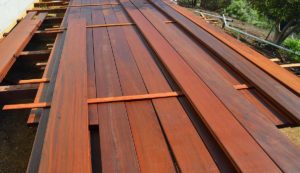
RELATED POST
Construct your wood deck to last a lifetime.
If you are going to take the time and expense to build a wood deck, why not do it right? Here are some tips for highly durable deck building.
Read More…
Summary: Trees are high value asset
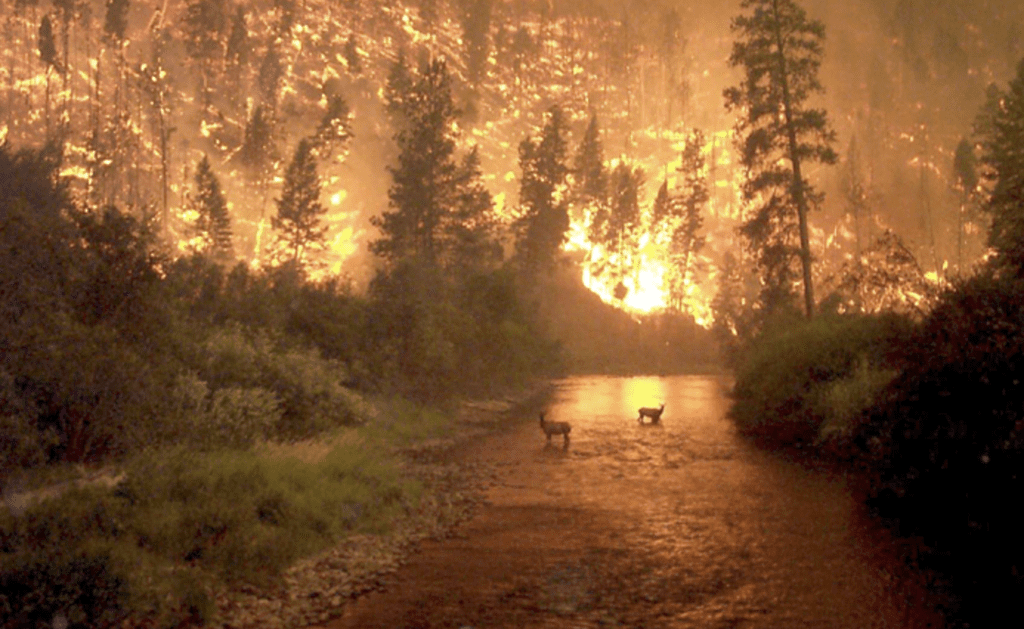
It took at least sixty years to grow each of the forty four trees needed for your average home today. Post-harvest replanting continues to increase and the industry is very conscious of sustainability of the yield. Still, trees are slow to grow and replace themselves. Combined with slow replacement, the destruction of thousands of forest acres that now burn up every summer lead me to wonder how many will be left for tomorrow’s homes? Check out how many homes could be built with the timber we recently lost.
The value of our forests are truly priceless. They are worth managing properly and protecting. Homeowners can help by making sure their home is well-maintained. As an example, the average wood deck will only last 10-15 years. Is it worth it to harvest 100 year old redwood trees to make a deck that will only last 15 years? With good design, construction methods and maintenance that deck could easily last 30 years. That is double or triple the life of an unmaintained deck and makes the calculation much more sustainable. Still, trading a 100 year old tree for a deck that only lasts 30 years still appears to me to be a poor trade.
Bottom line:
It takes more than 20 full-grown Douglas Fir trees to build every 1,000 square feet of structure. To find out how many trees would it take to build your house, go to Zillow.com, enter your address and add the square footage, (plus any garage footage) for the total. Then divide the total square footage by 120.33 to arrive at the number of trees needed for your home. Then multiply the total number of trees by 60 to find out the number of tree years it took to grow all those trees. You will be shocked?
So make sure you build your home to last, then maintain it properly. Even incremental improvements in durability can affect a big difference in sustainability. Make the most out of the trees we use… and the trees we have left. If you need help with improving your maintenance program, you can read more here at www.homepreservationmanual.com or contact the folks at HPS Palo Alto Inc. They can answer questions and point you in the right direction!








